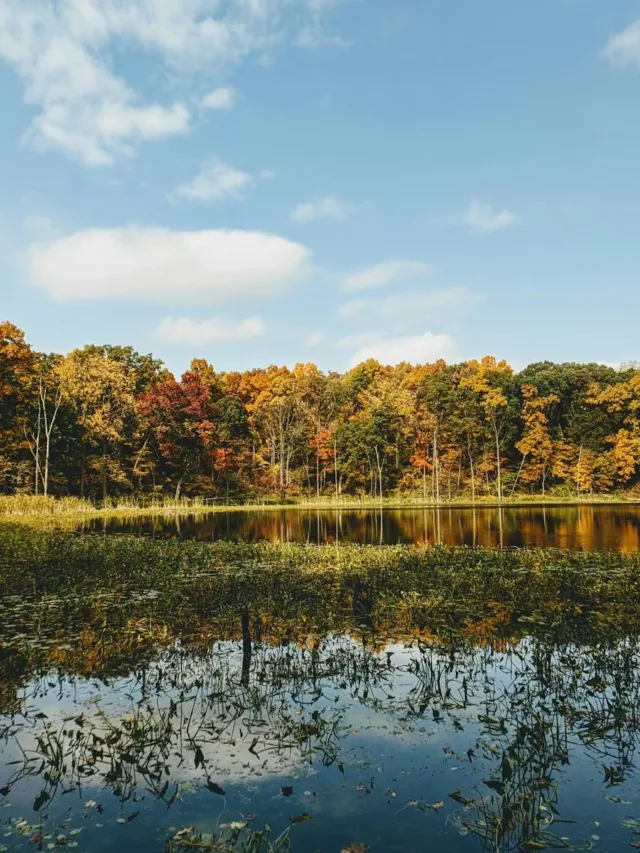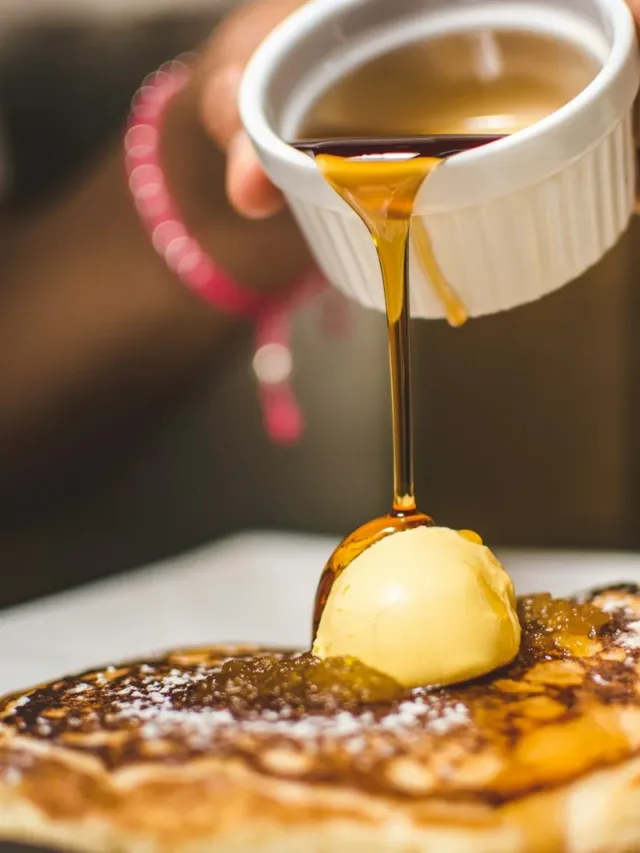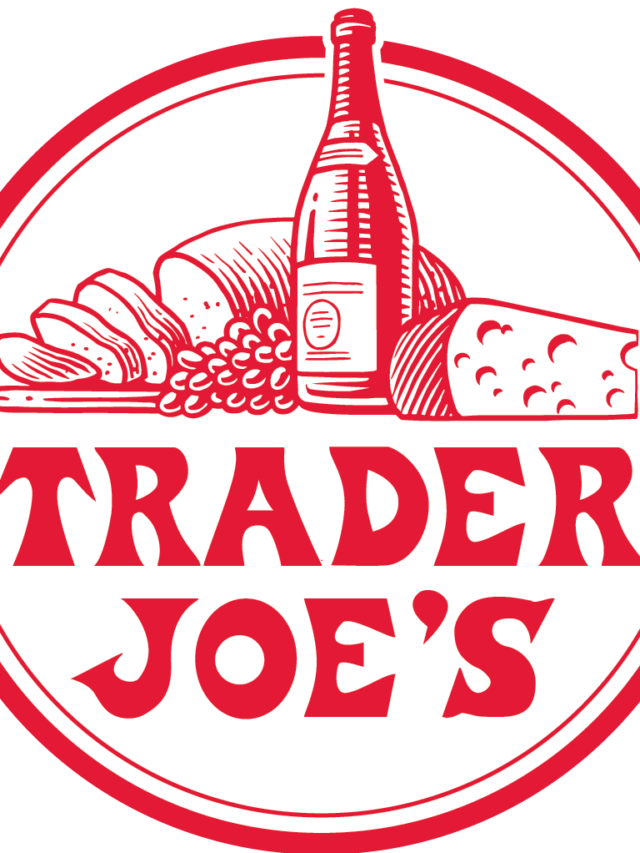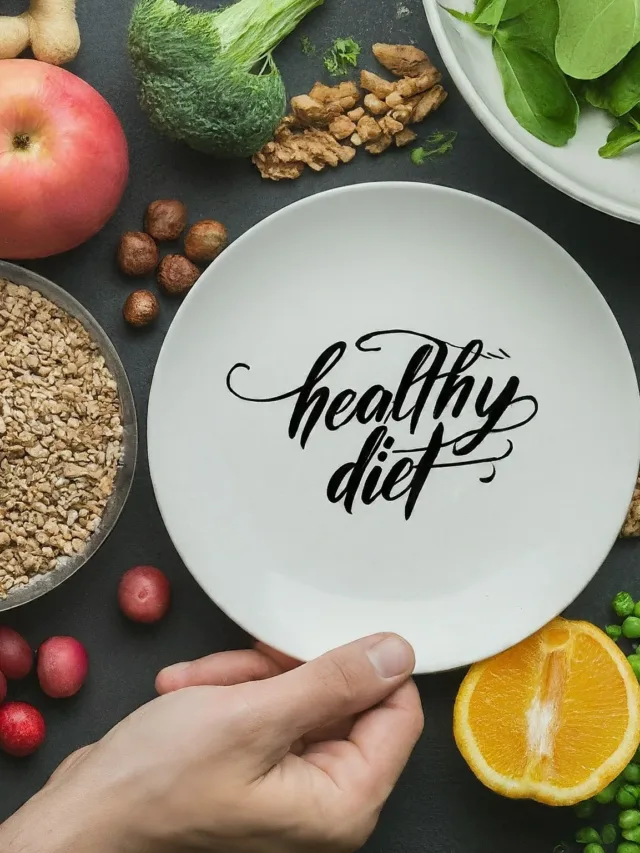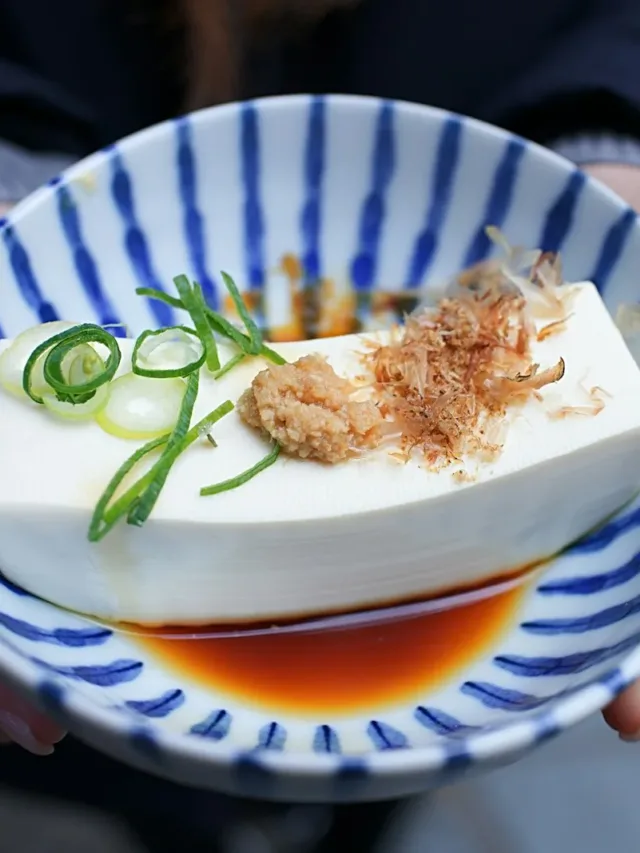How to make delicious Zone-friendly Rajma Masala
Rajma Masala is a popular North Indian dish that originated in the state of Punjab, India. It is a spicy and flavorful curry made with kidney beans cooked in a tomato-onion gravy along with a blend of aromatic spices such as cumin, coriander, and garam masala.
It is a staple dish in many Punjabi households and is often served with rice or chapati. Rajma Masala is not only delicious but also nutritious as kidney beans are a good source of plant-based protein and fiber, making it a popular dish among vegetarians and vegans as well as zone diet followers in India. It has now become popular worldwide and is enjoyed in many Indian restaurants around the globe.
Here is a recipe for kidney beans that follows the principles of the Indian Zone Diet:
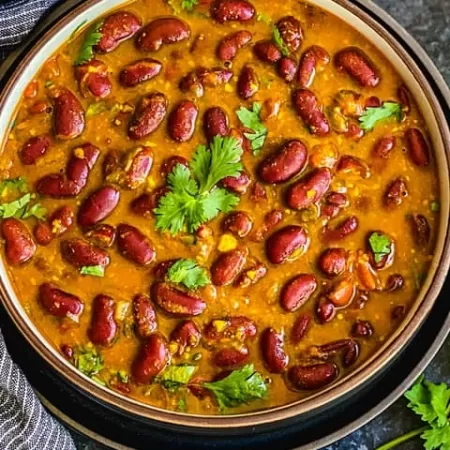
Zone Friendly Rajma Masala
Equipment
- 1 pressure cooker
Ingredients
- 1 cup kidney beans soaked overnight
- 1 onion chopped
- 2 tomatoes chopped
- 2 green chillies chopped
- 1 tsp ginger-garlic paste
- 1 tsp cumin seeds
- 1 tsp coriander powder
- 1 tsp red chilli powder
- 1 tsp garam masala powder
- 1 tsp turmeric powder
- Salt to taste
- 2 tbsp oil
- 2 cups water
- Coriander leaves for garnishing
Instructions
- Drain the soaked kidney beans and rinse them well.
- Heat oil in a pressure cooker and add cumin seeds. When they start to splutter, add chopped onions and green chillies. Sauté until the onions turn translucent.
- Add ginger-garlic paste and sauté for a minute.
- Add chopped tomatoes and sauté until they turn soft and mushy.
- Add all the powdered spices – coriander powder, red chilli powder, garam masala powder, turmeric powder, and salt. Mix well and sauté for 2-3 minutes.
- Add the soaked kidney beans and water. Mix well.
- Close the pressure cooker lid and cook on high flame until you hear 3-4 whistles.
- Turn off the flame and let the pressure release naturally.
- Once the pressure is released, open the lid and check if the kidney beans are cooked through. If they are still hard, pressure cook for another 2-3 whistles.
- Once the kidney beans are cooked, garnish with coriander leaves and serve hot with rice or chapati.
Notes
Here is the approximate nutrition information for a serving size of 1 cup (240g) of this Zone-friendly Rajma Masala recipe:
Calories: 245 Total fat: 8g Saturated fat: 1g Cholesterol: 0mg Sodium: 402mg Total Carbohydrates: 36g Dietary Fiber: 10g Sugar: 4g Protein: 11g
This recipe is a good source of plant-based protein, dietary fiber, and complex carbohydrates. It is also low in saturated fat and cholesterol. However, it is important to note that the actual nutrition information may vary based on the specific ingredients and cooking methods used.
ZONE BLOCK BREAKUP
Here are the approximate Zone blocks in the dish:
- 1 cup kidney beans soaked overnight: 3 blocks of protein and 2.5 blocks of carbohydrate
- 1 onion chopped: 0.5 blocks of carbohydrate
- 2 tomatoes chopped: 0.5 blocks of carbohydrate
- 2 tbsp oil: 9 blocks of fat
Total Zone Blocks in entire dish:
- Protein: 3 blocks (from kidney beans)
- Carbohydrate: 3 blocks (2.5 from kidney beans, 0.5 from onion and tomatoes)
- Fat: 9 blocks (from oil)
Note: This recipe is a vegetarian option and is relatively high in fat compared to protein and carbohydrates. The Zone diet recommends balancing every meal and snack with a specific ratio of macronutrients, typically consisting of 30% protein, 40% carbohydrate, and 30% fat. This recipe may not be suitable for every individual following the Zone diet, and it is recommended to consult a registered dietitian or healthcare provider to determine the specific nutrition needs for individual goals and health conditions.



